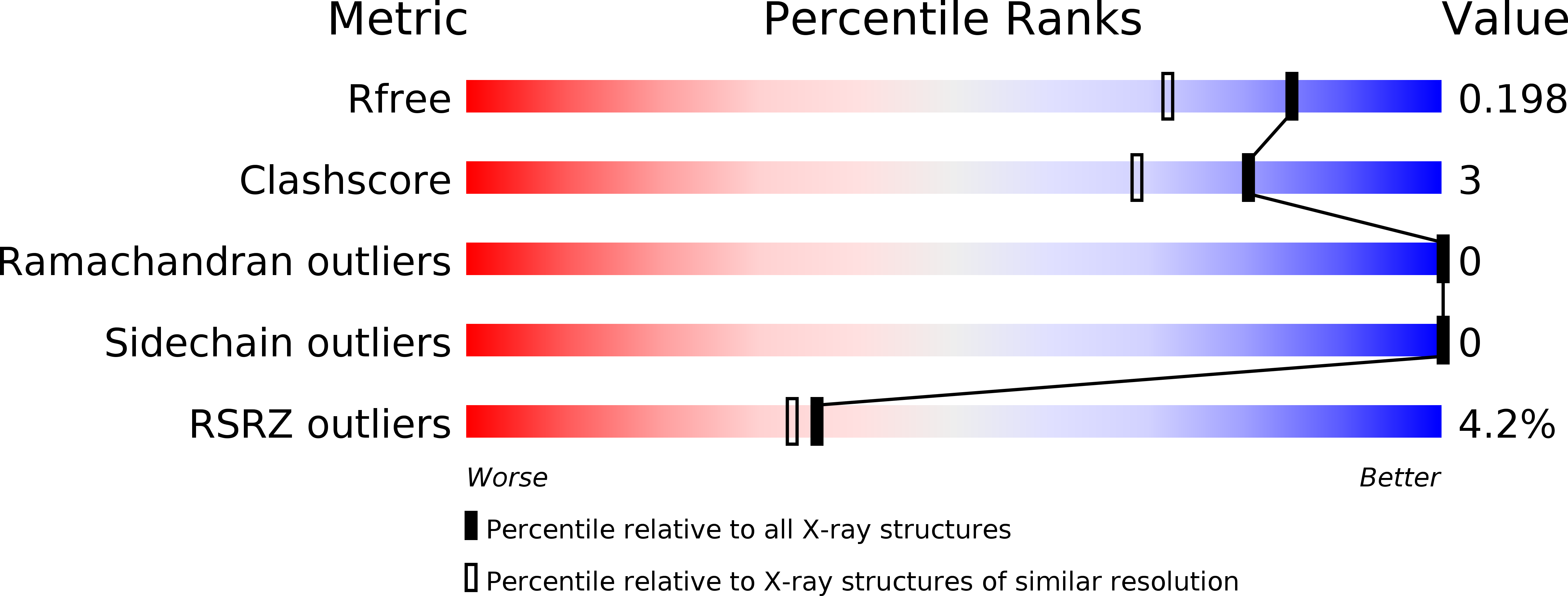
Deposition Date
2018-04-16
Release Date
2018-07-18
Last Version Date
2024-01-17
Entry Detail
PDB ID:
6GBV
Keywords:
Title:
A fast recovering full-length LOV protein (DsLOV) from the marine phototrophic bacterium Dinoroseobacter shibae (Dark state) - M49T mutant
Biological Source:
Source Organism:
Host Organism:
Method Details:
Experimental Method:
Resolution:
1.63 Å
R-Value Free:
0.19
R-Value Work:
0.14
R-Value Observed:
0.15
Space Group:
C 1 2 1


